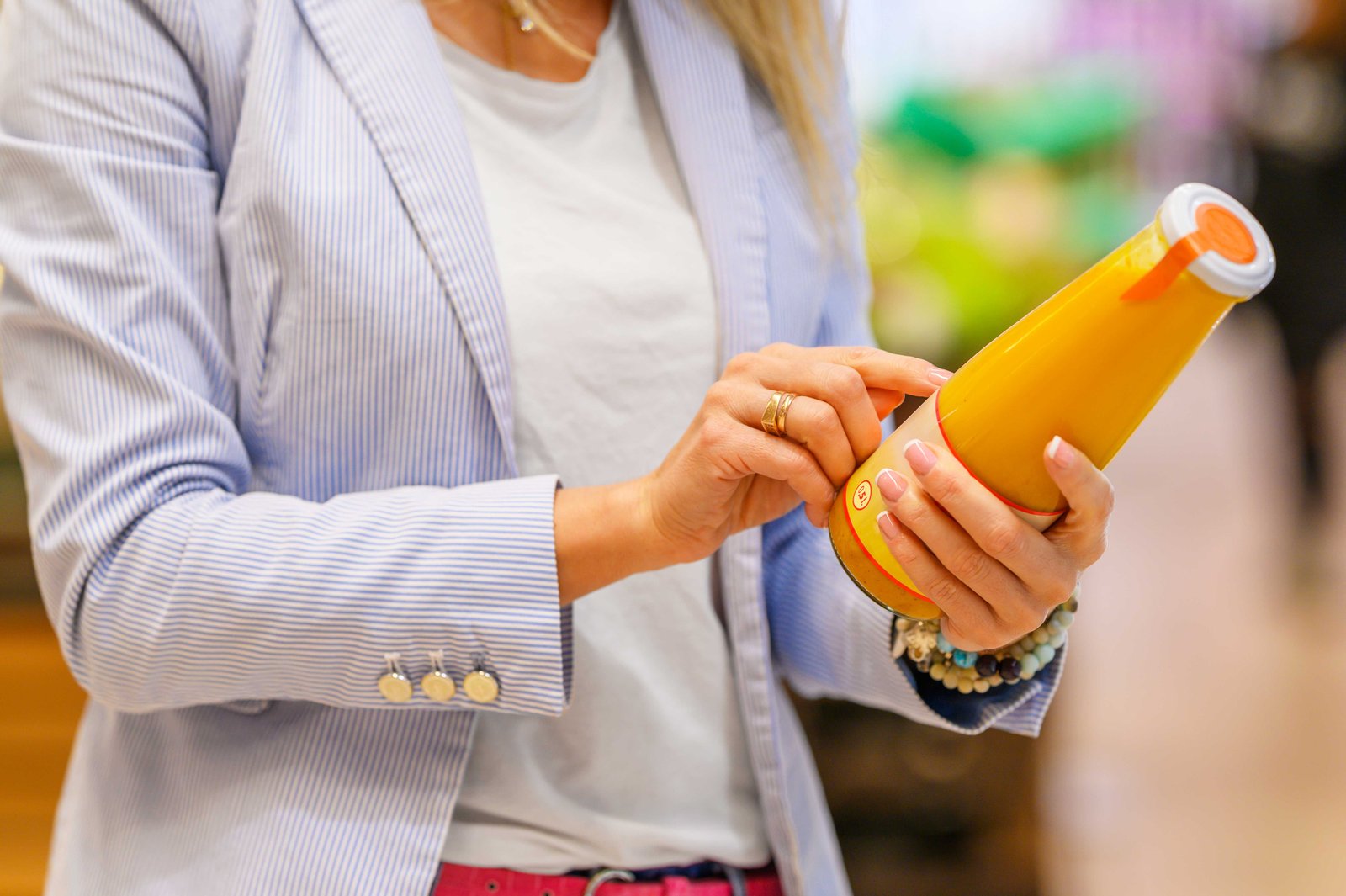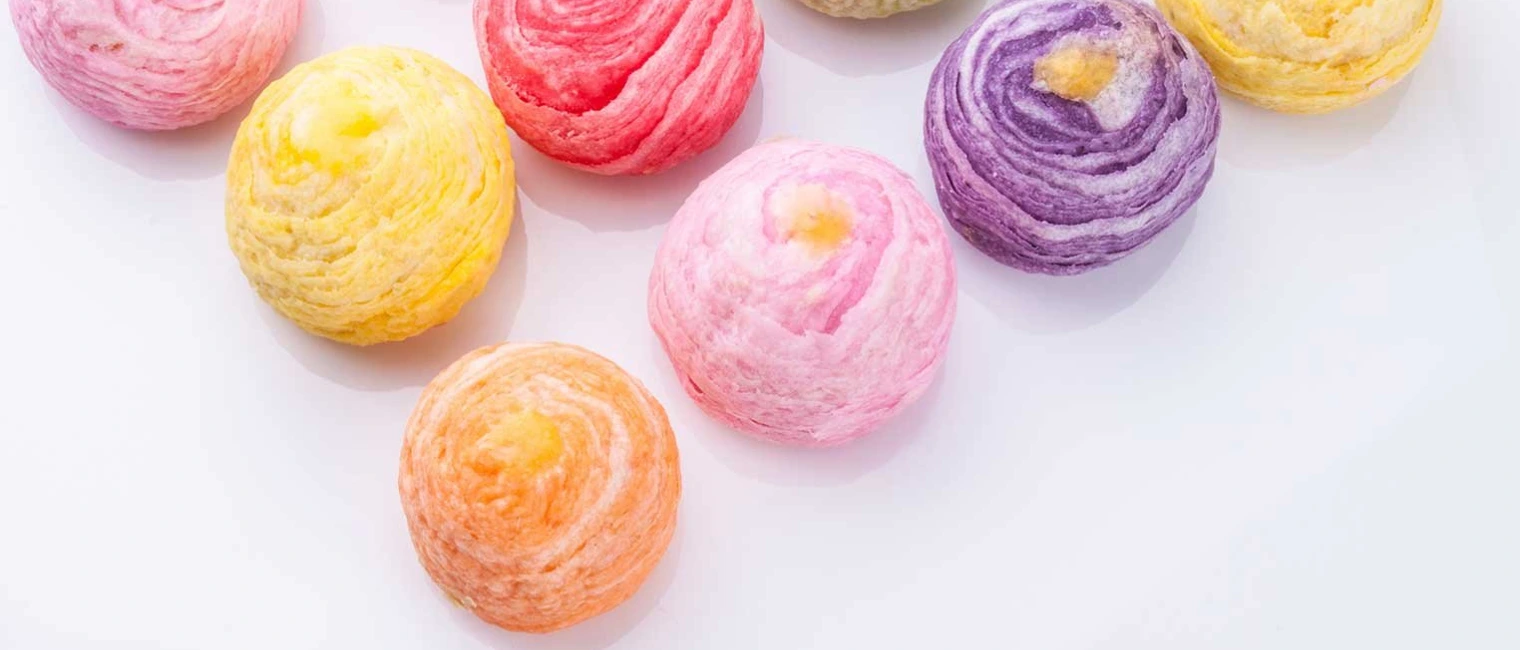Whether it’s the vibrant green of a fresh leafy salad, the bold red of a ripe tomato, or the mesmerizing golden hue of a freshly baked pie, food colors play a crucial role in our dining experiences.
But have you ever wondered where these colors come from? As the narrative around food additives continues to evolve, it’s essential to understand the different types of colors used in our everyday food products.
Understanding the Food Color Spectrum
When it comes to food colors, there are three key categories to consider: Artificial Food Colors (E-Number), Natural Food Colors (E-Number), and Colouring Foodstuffs (Also known as Clean-label with no E-Number).
1. Artificial Food Colours (E-Number)
Synthetically produced, these colors offer a wide range of hues, and are widely used in the food industry due to their stability and economic cost. For instance, Tartrazine E101, an Azo dye from ROHA’s IDACOL range is popular for its bright yellow color and widely used in diverse products like candies, soft drinks, and breakfast cereals, amongst others.
2. Natural Food Color Additives (E-Numbers)
Expertly extracted from a variety of natural sources, these colors undergo processing to concentrate, enhance, and stabilize their inherent color pigments. They offer an appealing alternative to synthetic colors for consumers seeking more natural products. ROHA’s NATRACOL range is a prime example, offering a diverse palette of natural colors sourced from fruits, vegetables, and edible plants.
3. Colouring Foodstuffs (Clean-label – No E-Number)
Taking natural coloring to the next level, colouring foodstuffs (also known as Clean-label colors) are derived directly from foods like fruits, vegetables, plants, and spices. They offer both color and flavor to food products, along with a clean-label declaration – meaning they do not need to display any E number. ROHA’s wide range of FUTURALS colors falls into this category, offering an exciting array of colors from familiar and trusted food sources.
The Importance and Benefits of Colors Without E Numbers
With rising demand for organic ingredients, food colors without E numbers are gaining momentum across the world. They are perceived as healthier, safer, and more wholesome compared to their synthetic counterparts. Using these colorings allows food manufacturers to respond to the evolving consumer trend and position their food products more favorably in the market.
ROHA: Leading the Way in Natural Colors
In a world where consumers increasingly want to know what’s in their food and where it comes from, food colors without E numbers offer a compelling solution.
At ROHA, we understand the significance of color in food and the growing consumer demand for natural, clean-label products. Our NATRACOL and FUTURALS color ranges embody this understanding, providing vibrant, stable, and safe colors derived directly from nature.
NATRACOL offers a range of natural food colors derived from a variety of fruits, vegetables, and other edible plants. These colors deliver the vibrancy and stability of artificial colors with the added appeal of a natural source.
Similarly, our FUTURALS range pushes the boundaries of innovation in food colorants. These colors not only offer appealing hues and flavors but also come with a clean-label declaration, providing consumers with the peace of mind they crave.
At ROHA, we’re committed to delivering innovation and quality with every product, leading the way in natural colors without E numbers, and helping food manufacturers around the world create products that are as appealing to the eye as they are to the palate.
To learn how ROHA can help you co-create bespoke food colors that perfectly suit your products, please visit https://roha.com or get in touch with us at contact@rohagroup.com.






Global
Simpsons